An experiment to find out whether AI models can create stunning, realistic photos that rival real photographs. I start with a real photograph taken during our travels. I let an AI model describe the photo in text. In many cases, the AI correctly recognizes the landmark, region, or object of interest. I then use that text in a prompt to create a photo-realistic, AI-generated image. Now I compare them side by side.
ChatGPT recommended Leonardo.ai as the best AI photo-realistic generator. In Leonardo.ai, I chose the stock-photo model for it’s realistic looking images.
Mammoth hot springs in Yellowstone National Park, Wyoming, United States. Otherworldly scenes of volcanic activity with an overcast sky and mountains in the distance.
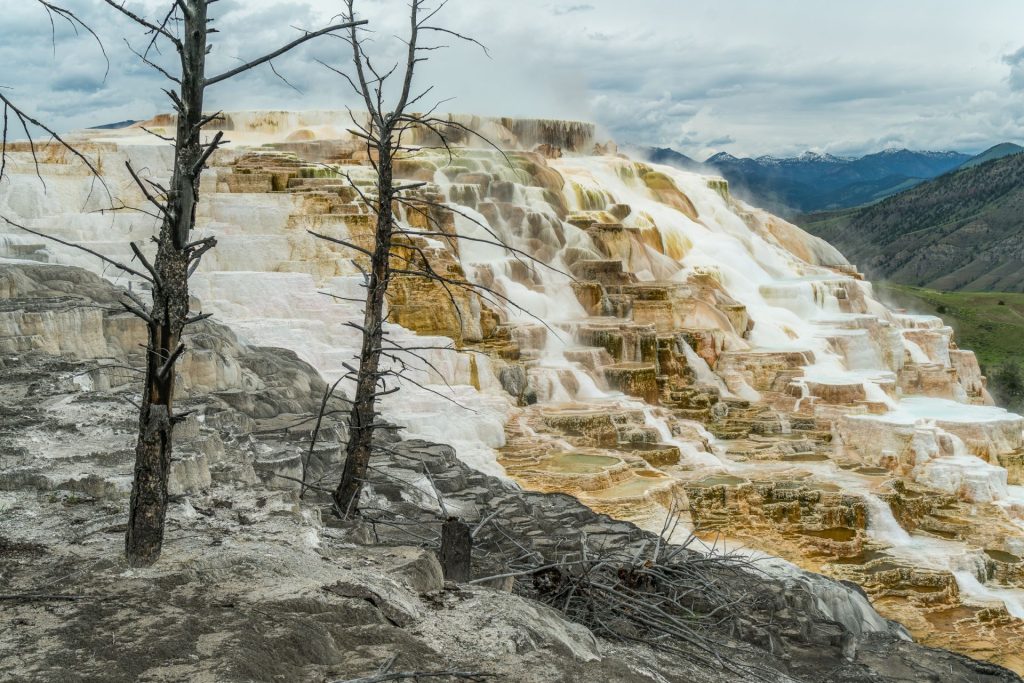
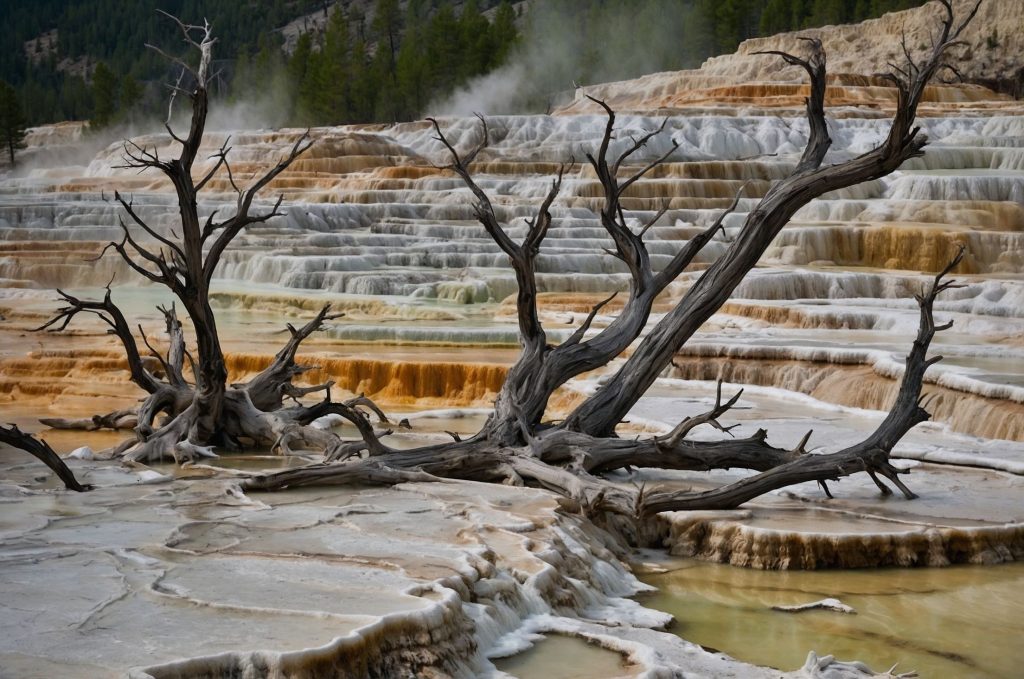
This photo by leonardo.ai was a real eye-opener. It has a visually interesting composition and nice, soft colors. If it were real, it would have easily made a great addition to my portfolio.
This photo was shot at Sequoia National Park, California, United States. The person in the photo is actually a tourist who is breaking the rules to get a close-up view. It did make for a nice scale comparison.
We should treat these natural wonders with care so that future generations can behold them. These trees actually have shallow roots, and people trampling the base can harm them.
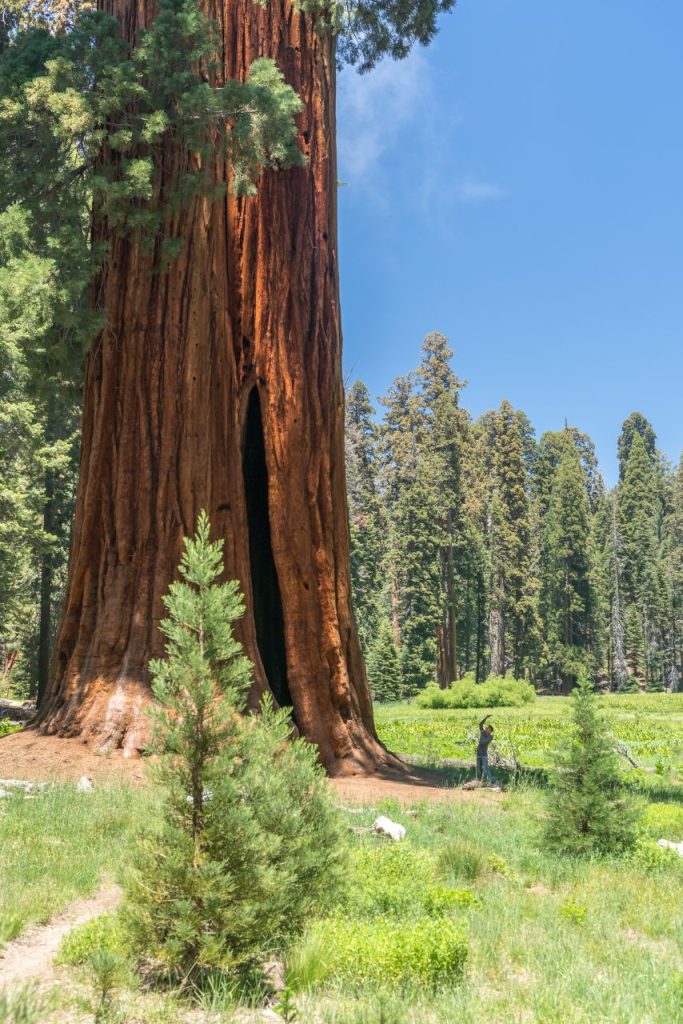
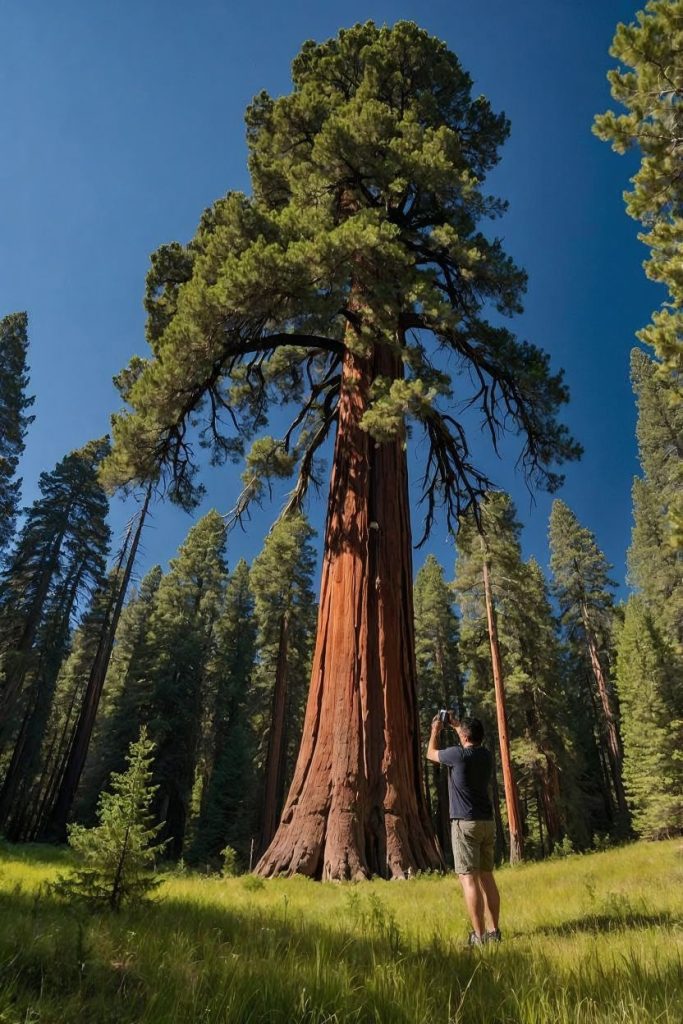
Again I used leonardo.ai to create this photo. The grass lacks detail and the face of the man seems mangled. The contours of the trees are harsh. However the style of the tree and the leaves is actually quite good. Multiple attempts were made for this photo. This was the only example where the man was actually facing the tree, despite clear instructions in the prompt.
Utah State Route 128, Upper Colorado River Scenic Byway, United States. This beautiful road offers marvelous views at every bend. I can only recommend that everyone drive it for themselves.
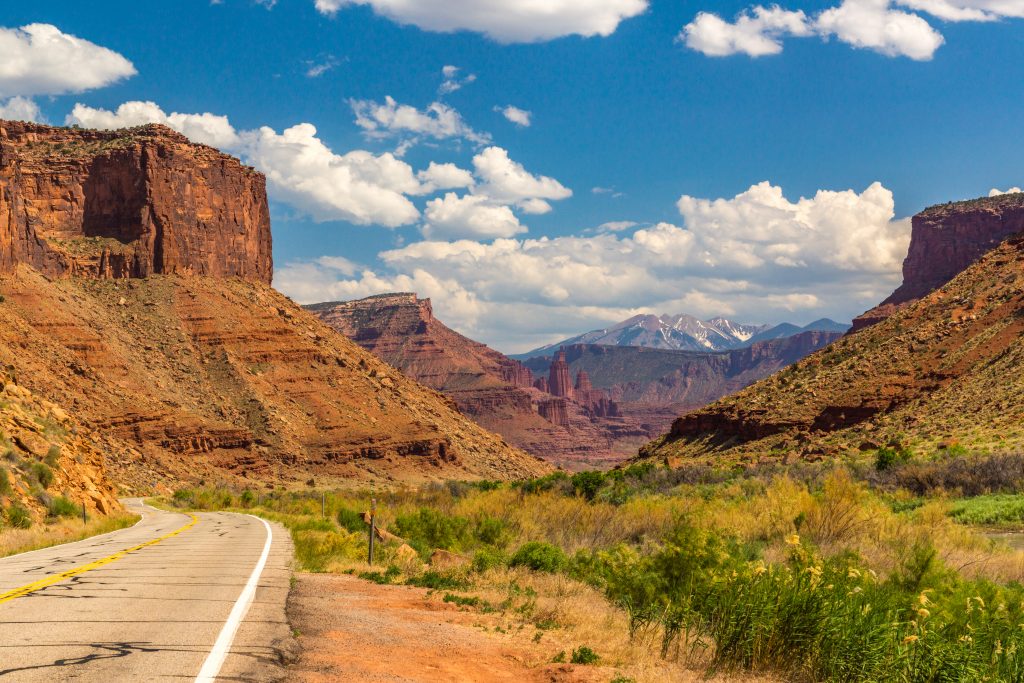
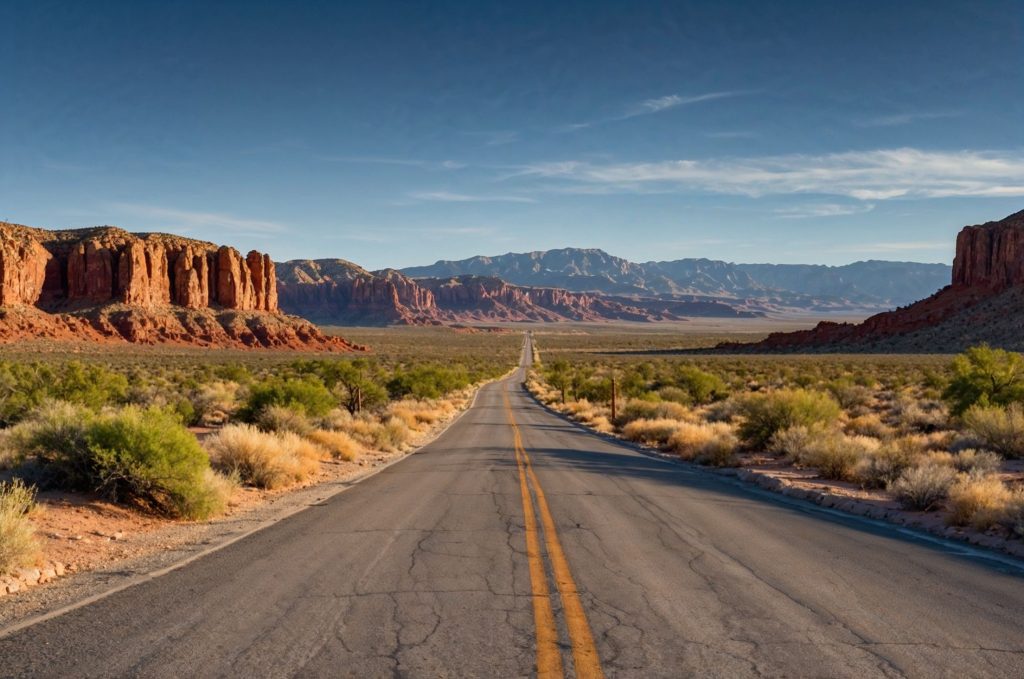
A generic southwestern USA landscape photo made by leonardo.ai. It took a few attempts to generate a road with the double yellow line in the middle, rather than to the sides or crooked.
Grand Prismatic Spring, Yellowstone National Park, Wyoming, United States. As the hot water in the center cools down toward the edge, different types of bacteria thrive, producing vibrant colors.
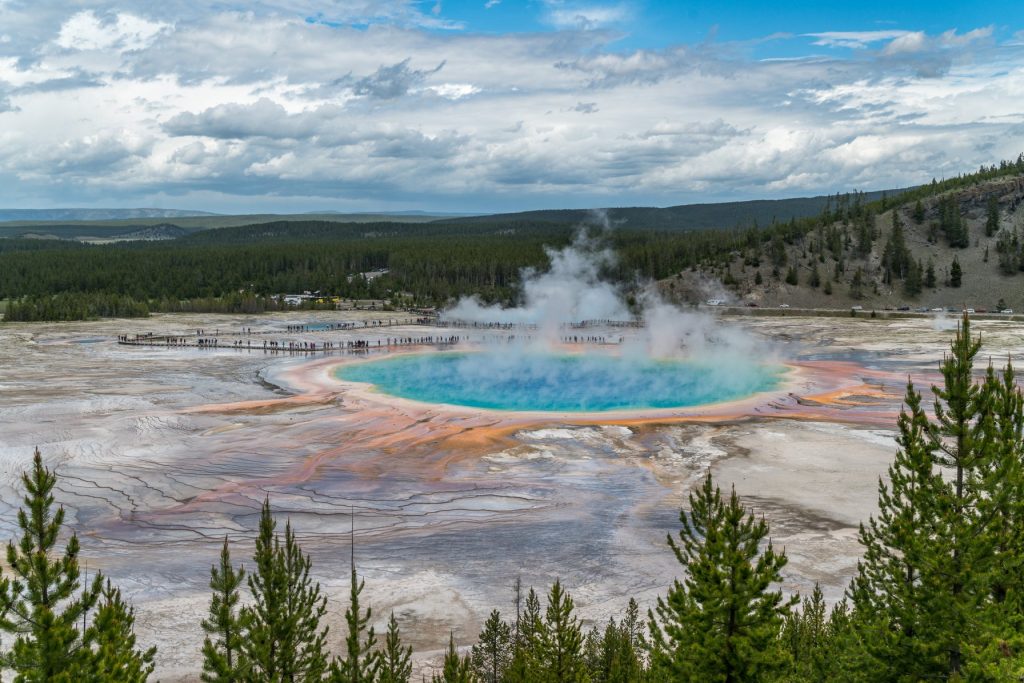

leonardo.ai again had trouble creating this photo. People seem to be wading in the spring. Even with finer prompt engineering, this was the best it could deliver.
Schwarzwald, Germany. Soft evening light created a pleasant scene. The swing set creates a focal point, with the hills in the background drawing you in. As with real photos not everything is perfect, such as the visible electrical wires.
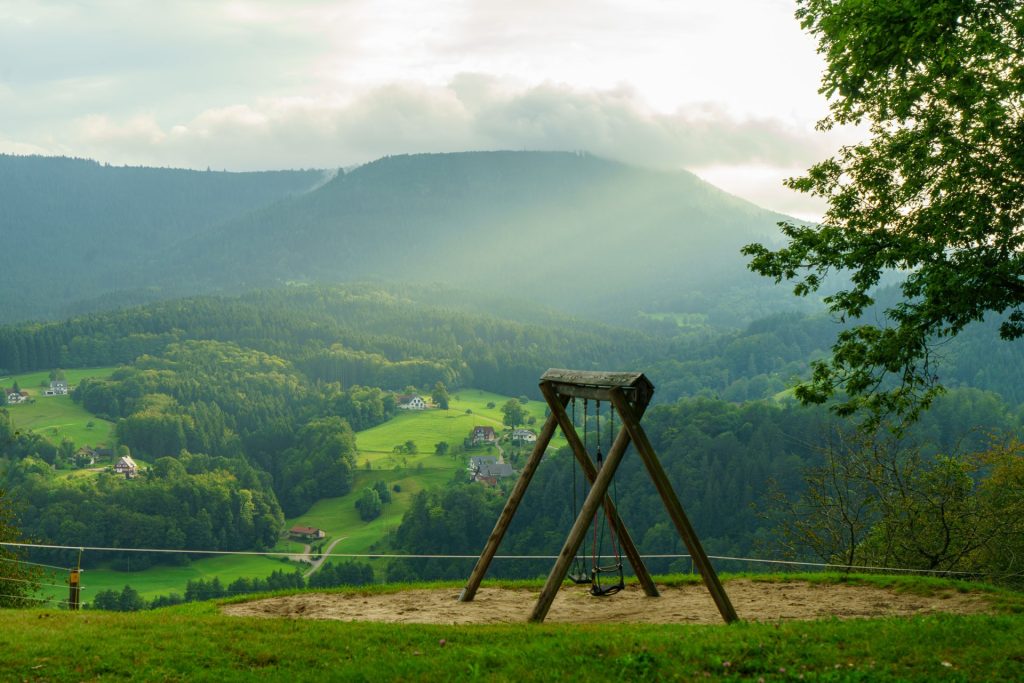
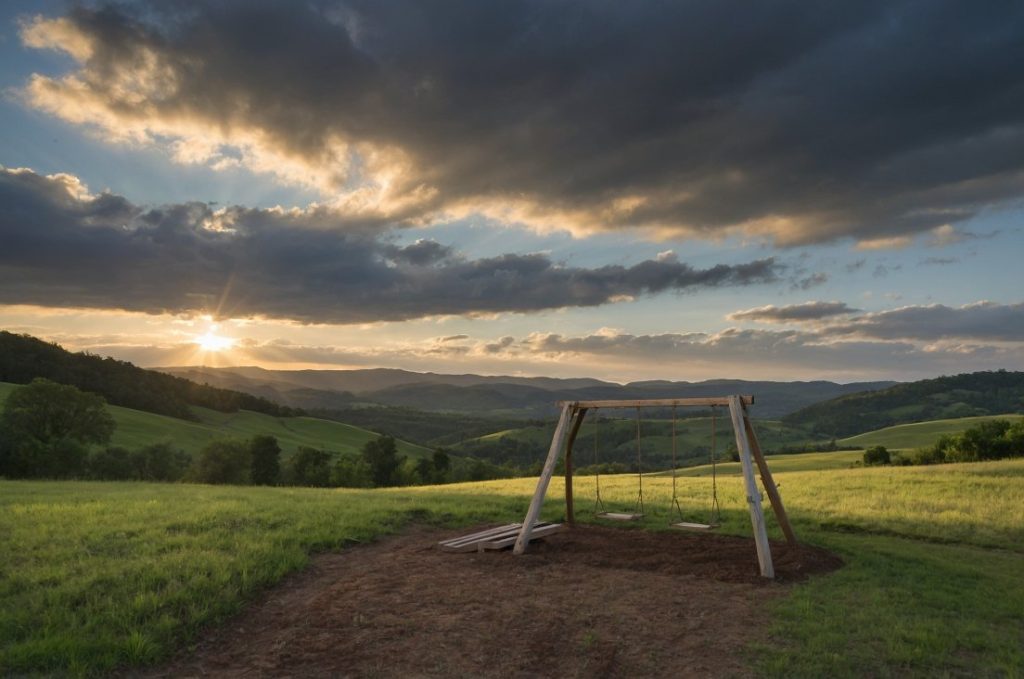
This was a difficult one. This AI-generated photo was the only good example. Other attempts by leonardo.ai resulted in strange swing sets with floating or missing pieces.
Vorderer Gosausee, Austria. Rays of light penetrate the clouds to create a delicate scene. The still water of the lake reflects the surrounding mountains in perfect harmony.
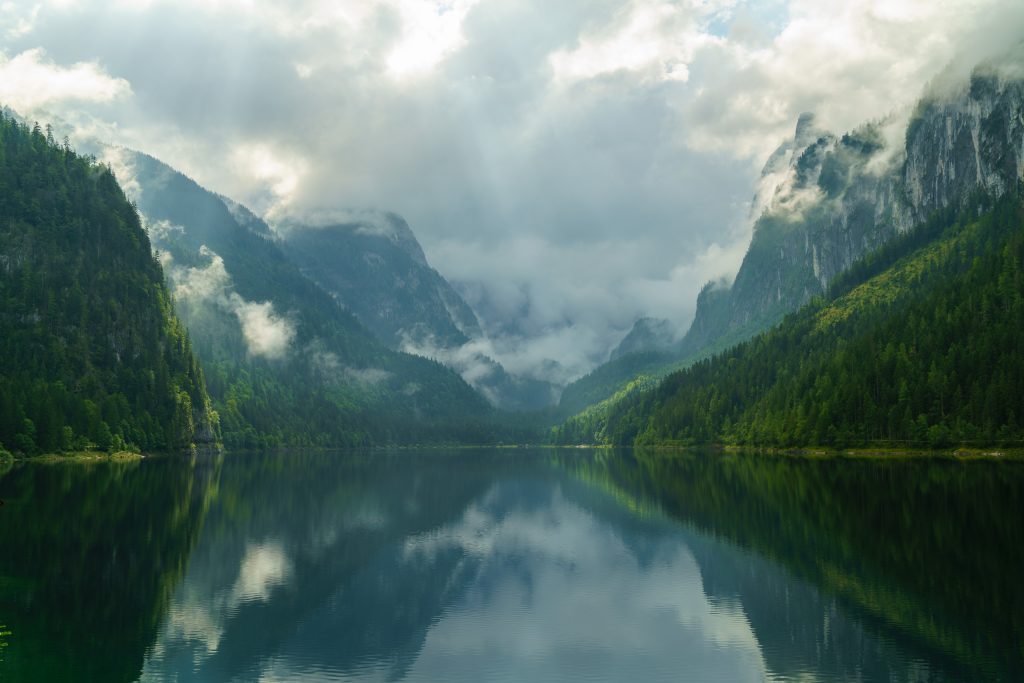
So, can AI models truly create stunning, realistic photos that rival the real thing? I invite you to decide for yourself. As you’ve seen, the results vary—from surprisingly convincing to clearly artificial. But the technology is advancing rapidly. What does this mean for photography, art, and how we perceive reality in the future? Take a moment to reflect, not just on what AI can do today, but on what it might mean for the images we trust and the creative possibilities ahead.


You must be logged in to post a comment.